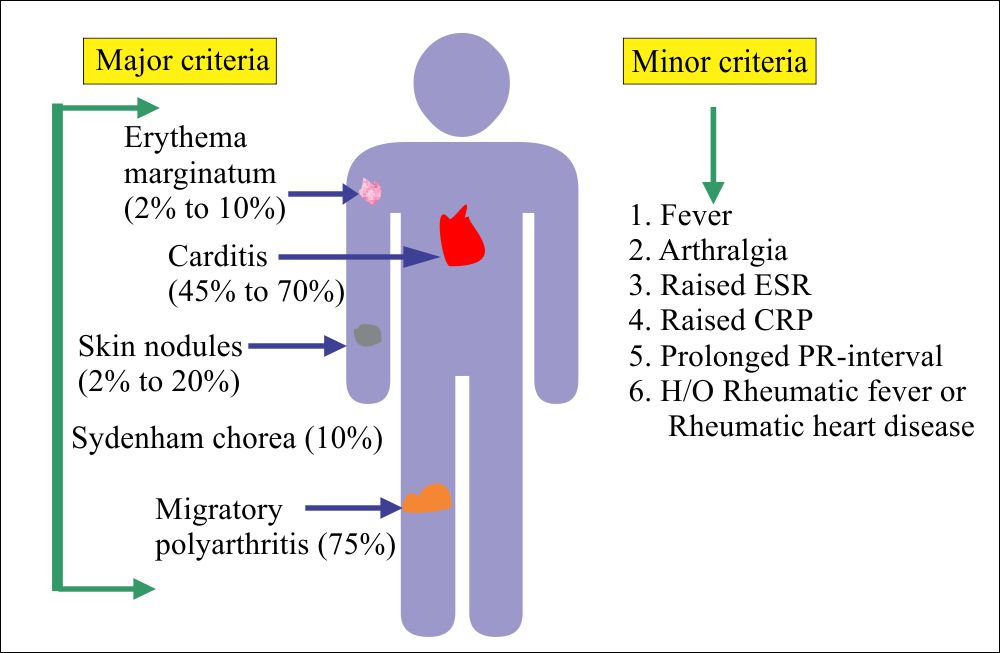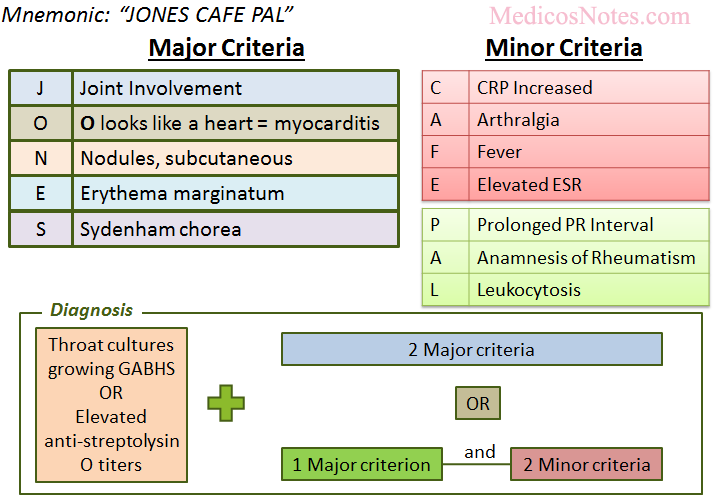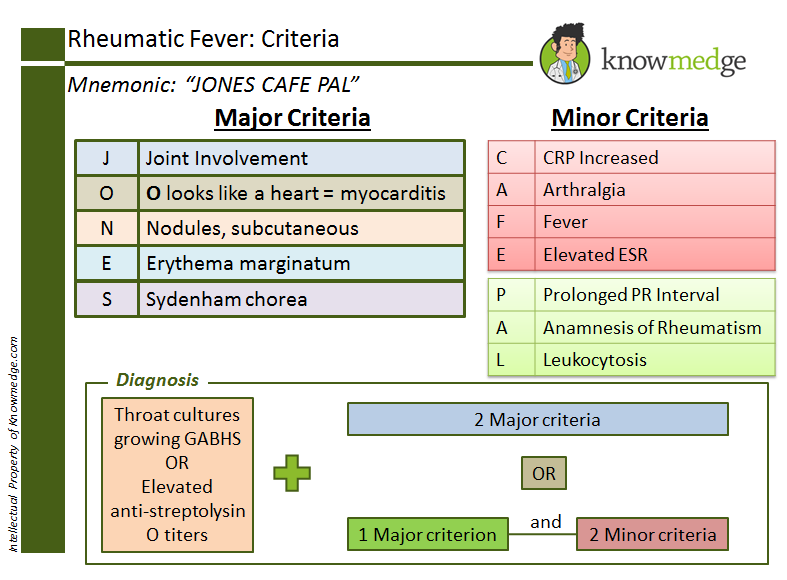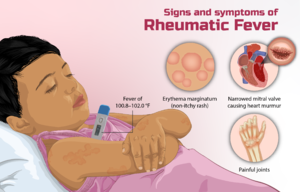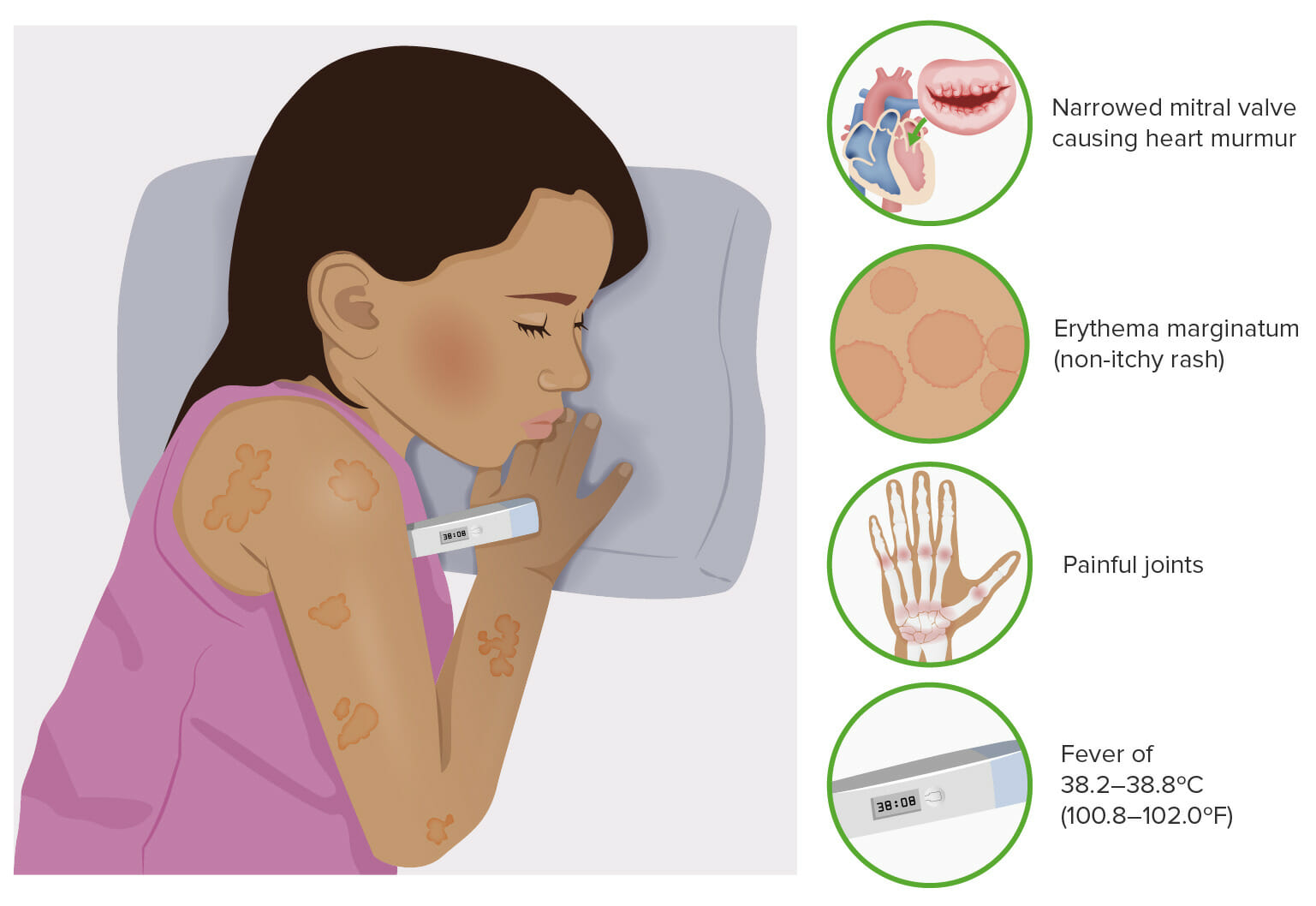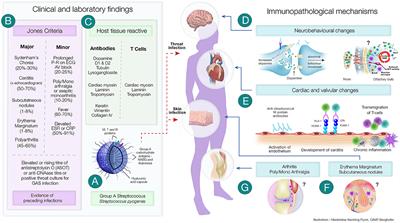Cool Tips About How To Diagnose Rheumatic Fever
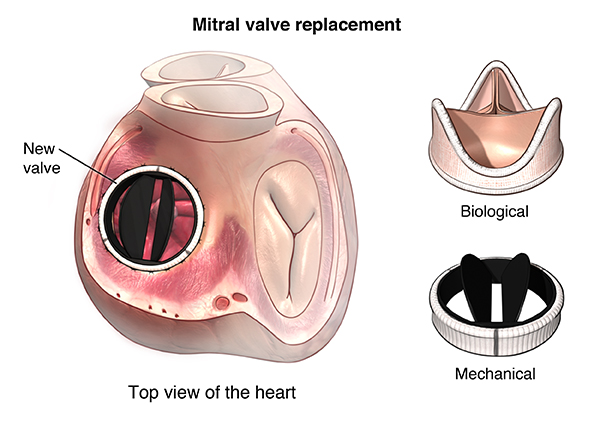
Blood tests that show you have high levels of inflammation in your body.
How to diagnose rheumatic fever. Redness, pain and swelling of your. Rheumatic heart disease (rhd) is diagnosed using an echocardiogram (ultrasound) machine. Rheumatic fever doesn't have a cure, but treatments can manage the condition.
Rheumatic fever usually occurs about two to four weeks after a strep throat infection, and can be so mild you don't even know you have it. Rheumatic fever signs and symptoms can include: Pain in one joint that migrates to.
They may use a rapid strep test or order a throat culture. The antibiotics will help rid your child's. A confident diagnosis of rheumatic fever can usually be made if at least two major signs and.
Painful and tender joints — most often in the knees, ankles, elbows and wrists. Early signs and symptoms include sore throat; Treatment of symptoms (symptom management), may.
To determine the presence of streptococcus bacteria, your doctor will do a throat culture. Getting a precise diagnosis soon after symptoms show up can prevent the disease from causing permanent. The goal of managing symptoms is to improve the quality of life of patients by decreasing or eliminating troubling symptoms.
The first medication your doctor will likely prescribe is antibiotics. The doctor will check for fever, joint inflammation, rash or nodules under the skin, abnormal heart rhythms or murmur. If your provider suspects rheumatic fever, they will first swab your throat to check for group a streptococcus bacteria.

/rheumatic-heart-disease-1746054_Final-ea5363d837e04f2db79f92f0039206f4.jpg)
